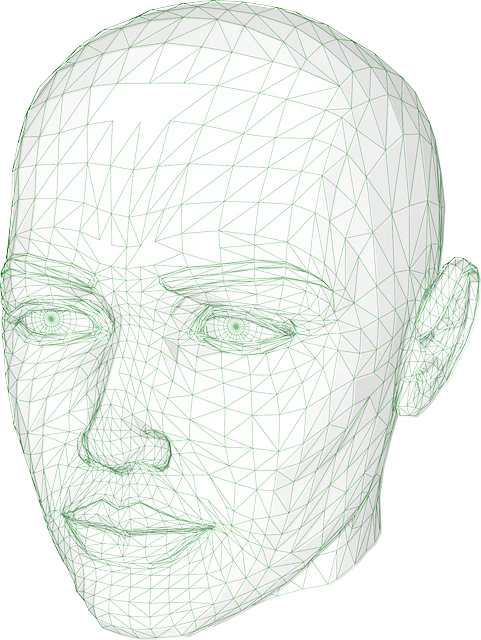The discussion examines the multifaceted issue of prescription drug abuse and advocates for comprehensive addiction treatment strategies tailored to individual needs. These treatments must effectively manage both physical and psychological dependencies. Kratom, a natural substance from the Mitragyna speciosa tree, is being researched as an alternative therapy within addiction treatment due to its interactions with opioid receptors, which could help alleviate withdrawal symptoms and reduce dependence on prescription opioids. While kratom shows promise for safer pain relief and managing cravings, it must be carefully integrated into treatment programs under professional guidance due to its psychoactive nature and potential for dependency. The scientific community is investigating kratom's therapeutic benefits against its risks, emphasizing the importance of a cautious approach in addiction treatment with kratom. Medication-assisted treatment (MAT) combined with behavioral therapies like cognitive-behavioral therapy (CBT) and contingency management, along with support groups and medical oversight, are key components of recovery from prescription drug abuse, ensuring that treatment is both effective and accessible to those in need.
prescription drug abuse remains a pressing public health issue, intertwining with the emergence of alternative treatments such as kratom. This article dissects the intricacies surrounding this complex phenomenon and explores kratom’s role in treatment protocols. Delving into the effectiveness of various rehabilitation strategies for prescription drug addiction, we examine the latest scientific research on kratom as a potential therapeutic option. Through these lenses, we aim to shed light on the multifaceted journey toward recovery and the evolving landscape of addiction treatment with kratom.
- Unraveling the Complexities of Prescription Drug Abuse and Kratom's Role in Treatment
- Navigating the Journey to Recovery: Effective Strategies for Prescription Drug Abuse Rehabilitation
- The Science Behind Kratom as an Alternative Therapy for Prescription Drug Addiction
Unraveling the Complexities of Prescription Drug Abuse and Kratom's Role in Treatment

Prescription drug abuse has become a multifaceted issue, often requiring comprehensive and tailored addiction treatment strategies. The complexity arises from various factors, including the wide range of medications that can be abused, the diversity of individuals affected, and the varying contexts in which abuse occurs. The challenge is to address the physical and psychological dependencies that underpin this form of substance abuse, with treatments that are both effective and accessible. In recent years, kratom has emerged as a topic of significant interest within addiction treatment circles. Derived from the Mitragyna speciosa tree, kratom contains compounds that can interact with opioid receptors in the brain, offering potential analgesic and mood-enhancing effects. Its role in treatment plans for prescription drug abuse is an area of active research, as preliminary studies suggest it may assist individuals in reducing their reliance on prescription opioids and manage withdrawal symptoms. However, the use of kratom must be approached with caution due to its psychoactive properties and potential for dependence. As such, addiction treatment with kratom is a subject that demands careful consideration and rigorous scientific scrutiny to fully understand its therapeutic potential and risks, ensuring it is used responsibly as part of a holistic treatment approach for those struggling with prescription drug abuse.
Navigating the Journey to Recovery: Effective Strategies for Prescription Drug Abuse Rehabilitation

Navigating the path to recovery from prescription drug abuse involves a multifaceted approach that addresses the physical, psychological, and emotional aspects of addiction. Effective strategies for rehabilitation often include medication-assisted treatment (MAT), which can be complemented by behavioral therapies tailored to the individual’s unique needs. For instance, addiction treatment with kratom, a substance derived from the leaves of Mitragyna speciosa, has shown promise in alleviating withdrawal symptoms and cravings, making it a potential component within MAT protocols. Kratom interacts with the opioid receptors in the brain, providing relief similar to that of prescription opioids without the same risk of dependency or overdose. This can be a crucial step for individuals transitioning from prescription opioids to a safer alternative during detoxification. Furthermore, complementary therapeutic approaches such as cognitive-behavioral therapy (CBT) and contingency management are instrumental in helping patients develop coping mechanisms and strategies to avoid relapse. These interventions, combined with support groups and ongoing monitoring by healthcare professionals, create a comprehensive framework that supports sustained recovery from prescription drug abuse. It is imperative that any treatment plan is personalized and closely monitored, as the journey to recovery is unique for each individual and requires adaptable strategies to address challenges along the way. The integration of kratom in addiction treatment must be approached with caution and under professional supervision due to its potential for abuse and dependence, ensuring that it serves as a tool for recovery rather than a substitute for one addiction for another.
The Science Behind Kratom as an Alternative Therapy for Prescription Drug Addiction

Kratom, a plant originating from Southeast Asia, has gained attention in the realm of addiction treatment as an alternative therapy for prescription drug abuse. The leaves of kratom contain alkaloids such as mitragynine and 7-hydroxymitragynine, which interact with opioid receptors in the brain. This interaction can offer both stimulant and opioid-like effects, making it a potential tool for managing withdrawal symptoms and cravings associated with prescription drug addiction. In addiction treatment with kratom, individuals may experience a gradual reduction in their dependence on prescription opioids due to kratom’s analgesic properties. Clinical studies have suggested that kratom could be a safer alternative to traditional opioid-based treatments, as it has a lower potential for abuse and overdose. However, it is crucial to approach the use of kratom within a structured treatment program, as self-medication can lead to new dependencies or negative side effects. The scientific community continues to investigate the efficacy and safety profiles of kratom in addiction treatment, with ongoing research aimed at understanding its full potential and optimal dosing strategies for those seeking recovery from prescription drug abuse.
Prescription drug abuse presents a multifaceted challenge, deeply affecting individuals and communities alike. The exploration of Kratom’s role in treating this issue reveals its potential as an alternative therapy within addiction treatment programs. Through the effective strategies outlined for rehabilitation from prescription drug abuse, individuals can embark on a transformative journey toward recovery. The scientific evidence supporting Kratom’s use in addiction treatment is promising and warrants further investigation to optimize its application. As we continue to understand the mechanisms behind this botanical substance, it stands as a beacon of hope for those seeking a path to healing from prescription drug dependency.






